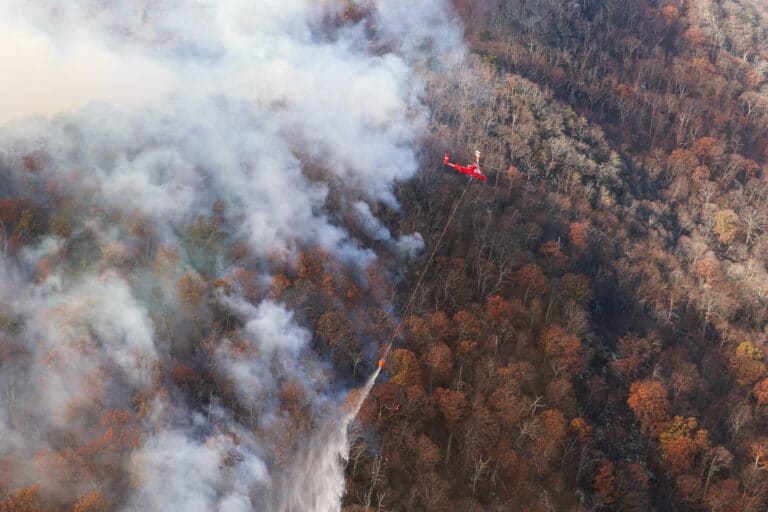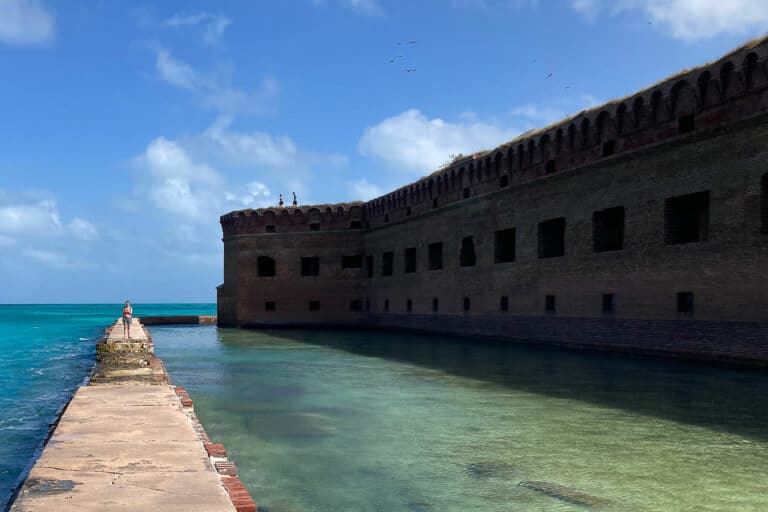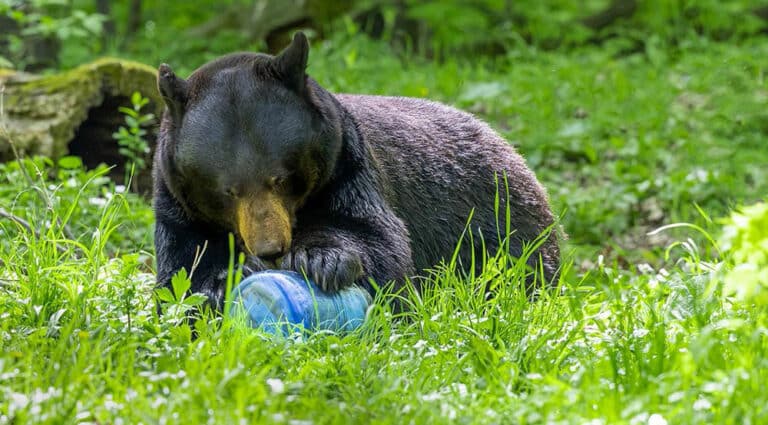Dear Mountain Mama,
On a recent camping trip to Great Smoky National Park, the hemlock devastation gutted me. Where once beautiful ribbons of brilliant green graced the horizon, now gray ghosts of the gentle giants remained – dead hemlocks as far as the eye could see. In some areas, 80 percent of the hemlocks were dead. I mourned the blight of those lost stands of hemlock.
Is there any hope that the Eastern hemlock won’t become extinct?
Yours,
Tree Hugger
Dear Tree Hugger,
The hemlock woolly adelgid, thought to have hitchhiked on a decorative hemlock imported from Asia, is to blame. When the adelgid made its new home in the Southeast, they escaped their predators. The Eastern hemlock has no resistance to it. Adelgids threaten to extinct Eastern hemlocks.
I applaud you Tree Hugger. We should all hug a hemlock or at least take a moment to be enamored by them. Often referred to as the redwood of the East, hemlocks are beautiful. More importantly, they play an important ecological role – Eastern hemlock are the cornerstone of one of the most important ecosystems in the U.S. These forests are the last fragments of ancient rainforests east of the Mississippi River as Great Smoky National Park receives an average of 100 inches of rain a year.
Stands of hemlock provide cover for ruffed grouse, turkeys, deer, snowshoe hare, and rabbits. Nearly 90 species of birds depend on the hemlock as a food source, nesting site, roost area, or winter shelter. Plants species flourish under the gentle giant’s canopy, including leatherwood, rattlesnake plantains, bunchberry, goldthread, bluebeard, mayflower, and wood sorrels just to name a few. Brook trout swim in streams cooled by the towering canopies.
And that’s only on the surface. Eastern hemlocks are the largest and most common trees in the Great Smoky Mountains, and the consequences of their dying are yet untold, including the loss of our own humanity. Now it’s tempting to reason that people are people and trees are trees. And while the demise of gentle giants is quite sad, it happens far away, beyond the scope of most of our daily routines.
Stand close to a hemlock and gaze up. There’s something about the perspective and the human scale that we experience. Time passes outside of its linear march, and we can glimpse life continuing beyond the span of our own lives. From the hemlocks perspective looking down at us, we see how small we are and how little space we take up in the forest. And we will know then the brevity of human life. In the forest, we are all hard pressed to look at our phones or check our emails. In that moment, we experience something that technology rarely delivers – awe.
Despite the brevity of human life, or perhaps because of it, we are called to make the most of our lives. I’ve been fortunate enough to feel the contour of a hemlock’s bark under my fingers, and have understood that nature intended the hemlock to remain long after my time here has expired. Efforts to save the hemlocks now include a beetle the size of a grain of rice that feeds on the adelgid. I am no scientist and have no hope of personally saving the Eastern hemlock. But I can contribute to the Save the Hemlocks initiative of the Friends of Great Smoky Mountains National Park, a nonprofit organization. And so can you. For additional information, call (865) 932-4794.
Best,
Mountain Mama







